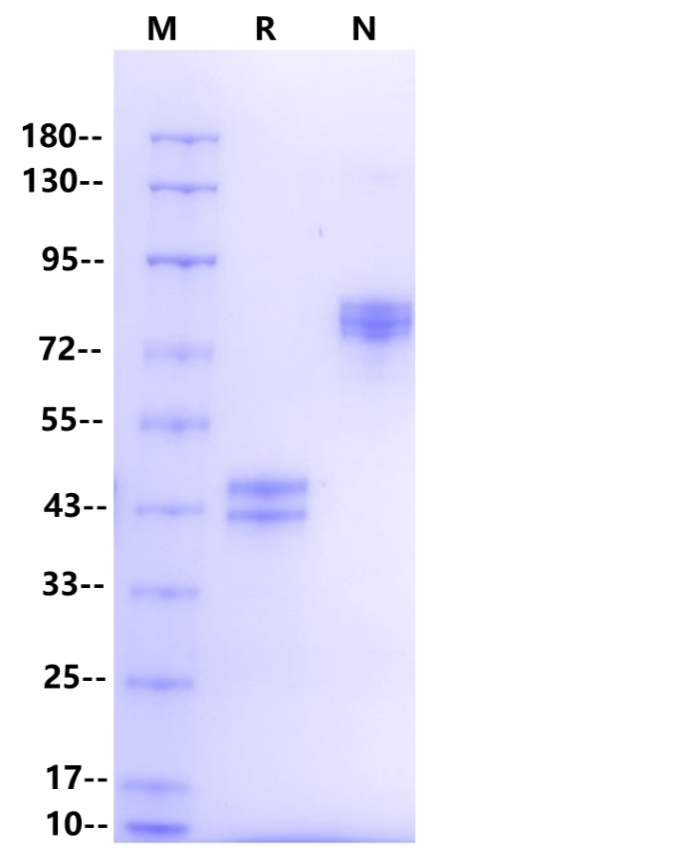The complement system is an important component of the innate immunity that functions Primarily as a first-line host defense against pathogenetic infections. C5a is one of the complement family protein. During complement activation, C3 and C5 are cleaved, releasing small soluble fragments known as C3a and C5a, respectively. C5a and C3a are anaphylatoxins, which are potent proinflammatory molecules that attract and activate leukocytes through interaction with their cognate G-protein–coupled receptors, C3a receptor (C3aR) and C5a receptor (C5aR). C5a, the most potent plasma-derived chemotactic factor, is a 74-amino-acid peptide/protein released from the α-chain of C5 by either the classical or alternative pathway C5 convertases. Structurally, C5a consists of four antiparallel α-helices held together by disulfide bonds and an 11-amino-acid carboxy terminal tail. The α-helical bundle interacts with the receptor's amino-terminal domain, whereas the tail appears to insert itself into the transmembrane bundle of the receptor, thereby activating the receptor. C5a is a strong chemoattractant and is involved in the recruitment of inflammatory cells such as neutrophils, eosinophils, monocytes, and T lymphocytes, in activation of phagocytic cells and release of granule-based enzymes and generation of oxidants, all of which may contribute to innate immune functions or tissue damage. C5a provides a vital bridge between innate and adaptive immune functions, extending the roles of C5a in inflammation.
